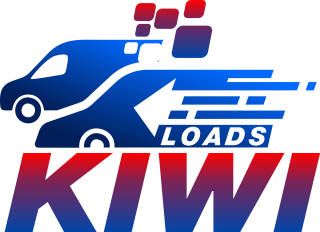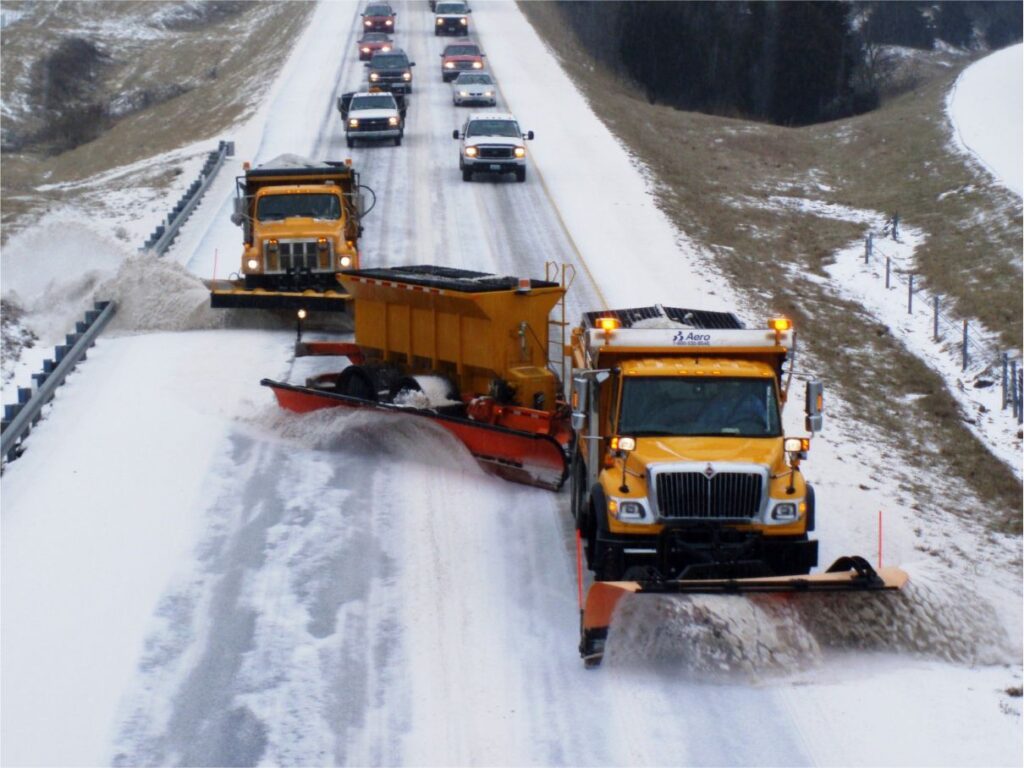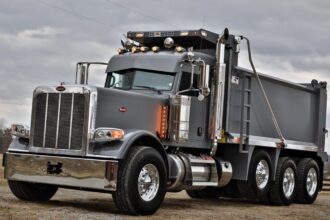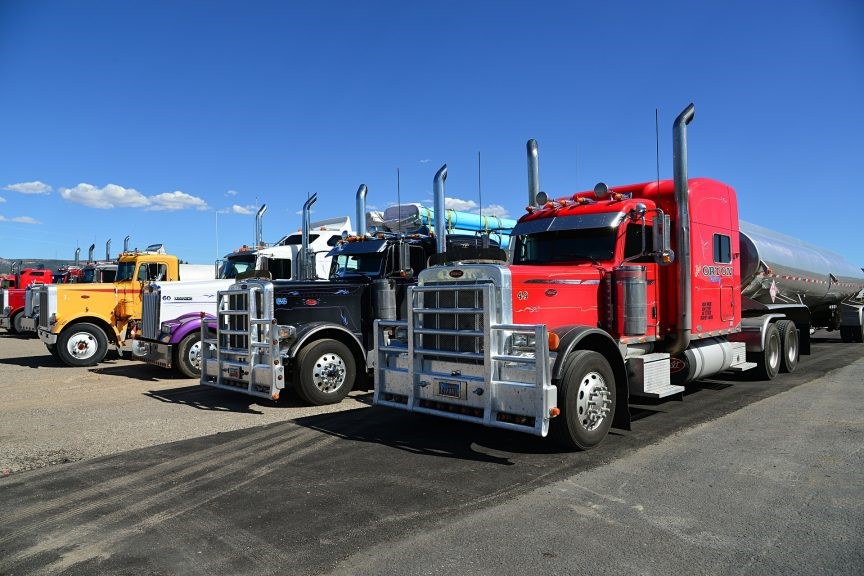Table of Contents
Are you ready to dive into the snow plow truck business, which promises chilly challenges and a white world of opportunities? Whether you’re considering launching a seasonal side hustle or gearing up for a full-fledged snow plowing operation, you’re about to embark on a journey that combines the excitement of entrepreneurship with the beauty of winter.
But before you fire up your engine and push that first plow, equip yourself with a comprehensive roadmap for success. Just like a well-maintained snow plow truck, your business needs careful planning, precision, and, most importantly, a checklist to navigate the frosty roads ahead.
Ensure your snow plow truck business not only survives but thrives in the frosty battlegrounds of winter. It’s time to embrace the chill and conquer the snow!
Here are the steps to start a snow plow truck business:
1. Conduct Market Research
- Analyze the demand for snow plowing services in your target area.
- Identify your competitors and their pricing strategies.
- Assess seasonal weather patterns and potential clients.
- Determine the pricing strategies used in the market.
- Provides insights into potential customer segments.
- Helps in evaluating the size and growth of the target market.
- Enables you to make informed business decisions.
- Consumes time and resources.
- Requires ongoing research due to changing market conditions.
- Involves complex data collection and analysis.
- Utilize surveys, questionnaires, and interviews to gather data.
- Study local climate patterns and historical snowfall data.
- Analyze competitor websites, social media, and customer reviews.
- Explore potential partnerships or collaborations with other local businesses.
- Consider engaging a market research firm if needed to ensure comprehensive data collection and analysis.
2. Create a Business Plan
- Outline your business goals and objectives.
- Define your target market and marketing strategies.
- Develop a budget, including startup costs and operating expenses.
- Provides clarity on business objectives.
- Attracts potential investors and lenders.
- Assists in making informed decisions.
- Requires time for development.
- May necessitate professional assistance.
- Demands regular updates for relevance.
- Incorporate a comprehensive market analysis.
- Specify your budget and financial projections.
- Define your target market and competition.
- Describe your business’s structure and management.
- Formulate marketing and growth strategies.
- Construct a risk assessment and mitigation plan.
>>>MORE: Snow Plow Truck Business Ideas
3. Choose a Legal Structure
- Decide whether to establish a sole proprietorship, LLC, or corporation.
- Register your business and obtain the necessary licenses and permits.
- Allows for liability protection.
- May offer tax benefits.
- Can enhance credibility with customers.
- Involves potentially complex paperwork.
- Requires ongoing fees for certain structures.
- Business profits may be subject to taxation.
- Research and compare legal structures like sole proprietorships, LLCs, partnerships, and corporations.
- Consider consulting with a legal professional or accountant for guidance.
- Choose a structure that aligns with your business goals, tax preferences, and long-term plans.
4. Secure Insurance
- Purchase liability insurance to cover accidents or damage.
- Consider workers’ compensation insurance if you hire employees.
- Insure your snow plow trucks and equipment.
- Protects your assets and finances in case of accidents, injuries, or property damage.
- Ensures compliance with legal requirements and regulations, avoiding penalties.
- Impact overall business expenses due to costly insurance premiums.
- Choose the right insurance policy after a complex and time-consuming process.
- Explore various insurance options, encompassing commercial auto insurance, general liability insurance, and workers’ compensation.
- Collaborate with specialized insurance agents or brokers adept in commercial coverage to pinpoint the most suitable policies tailored to your specific requirements.
- Scrutinize policy particulars, including coverage limits, deductibles, and premium costs, to facilitate a well-informed decision-making process.
- Assess the potential benefits of bundling insurance policies, which may lead to substantial cost savings.
- Maintain a regular schedule for reviewing and adjusting your insurance coverage to align with the growth and evolution of your business.
5. Acquire the Necessary Equipment
- Invest in reliable snow plow trucks.
- Purchase snowplows, shovels, salt spreaders, and other essential equipment.
- Ensure all equipment is well maintained and in working order.
- Access to equipment ensures you can take on snow removal contracts.
- Increases the range of services you can offer clients.
- Requires a substantial initial investment.
- Involves ongoing maintenance and repair costs.
- Acquire snow plow truck(s) with appropriate attachments.
- Equip your arsenal with shovels, snow blowers, and other handheld gear.
- Procure de-icing materials such as salt or sand.
- Obtain vehicle maintenance tools and supplies.
- Provide safety gear for operators.
- Implement GPS and communication equipment for efficient scheduling.
- Secure backup equipment in case of breakdowns.
6. Implement a Maintenance Schedule
- Ensures the longevity and optimal performance of your snow plow equipment.
- Minimizes unexpected breakdowns during the snow removal season.
- Enhances safety for both your crew and clients.
- Keeps your equipment in top working condition.
- Reduces costly repairs by addressing issues promptly.
- Builds trust with clients through reliable and efficient service.
- Demands ongoing time and effort.
- Could result in maintenance expenses.
- Risks scheduling conflicts during peak maintenance periods.
- Develop a comprehensive maintenance calendar for each equipment unit.
- Inspect and replace worn-out components like blades and hydraulic systems.
- Train your crew to conduct regular maintenance assessments.
- Foster connections with local mechanics or service centers for significant repairs.
- Maintain meticulous records of all maintenance and repair activities for accountability and potential warranty claims.
7. Hire and Train Staff
- Recruit skilled and licensed snowplow operators.
- Provide training on safety procedures and efficient plowing techniques.
- Conduct background checks and ensure all staff have the necessary certifications.
- Ensure safe and effective snow plowing operations with a well-trained team.
- Foster a sense of community and loyalty by hiring local staff.
- Face recruitment challenges during off-seasons.
- Experience the need for extra effort in staff retention due to seasonal employment.
- Implement a rigorous hiring process, including background checks and driver’s license verification.
- Provide comprehensive training on snow plowing techniques, equipment operation, and safety protocols.
- Consider cross-training staff for versatility during seasonal fluctuations.
- Develop a clear chain of command and communication procedures within your team.
8. Establish a Pricing Structure
- Determine your pricing strategy, whether per hour, per job, or on seasonal contracts.
- Consider offering discounts for long-term contracts or early payments.
- Factor in costs like fuel, maintenance, and labor when setting rates.
- Secure more contracts and build a strong customer base with competitive pricing.
- Adjust prices based on factors like location, area size, and seasonal demands, offering flexibility.
- Increase customer satisfaction and loyalty through competitive pricing.
- Affect your profit margins and long-term sustainability by setting prices too low.
- Compromise the quality of your service with overly aggressive pricing if operational costs aren’t covered.
- Damage your brand’s reputation with constant price fluctuations, potentially confusing clients.
- Analyze your operating costs, including fuel, maintenance, insurance, and labor.
- Research competitors’ pricing structures and service offerings in your target area.
- Consider seasonal variations and different pricing tiers based on the level of service (e.g., basic plowing vs. complete snow removal).
- Determine whether you’ll charge per plow, hourly, or on a contract basis.
- Keep your pricing transparent and clearly communicate any additional charges for extra services or emergencies.
- Regularly review and adjust your pricing structure to stay competitive and profitable in the snow plowing market.
>>>PRO TIPS: Snow Plow Business How To Find Loads
9. Draft Comprehensive Contracts
- Create clear, legally binding contracts for clients.
- Define services offered, pricing, terms, and expectations.
- Include clauses for inclement weather, cancellations, and payment schedules.
- Attract customers with competitive pricing.
- Increase profits through a well-structured pricing strategy.
- Struggle to balance affordability and profitability.
- Engage in competition and pricing wars with other snow plow businesses.
- Research local market rates and competitor pricing.
- Consider factors like plowing area size, snowfall frequency, and equipment costs.
- Determine if seasonal contracts or pay-per-service pricing are more suitable.
- Monitor and adjust prices based on demand and expenses.
- Be transparent with customers about pricing and any additional charges.
10. Develop a Marketing Plan
- Target potential clients strategically and seize growth opportunities.
- Create a professional website showcasing your services, contact details, and client testimonials.
- Harness online advertising, local directories, and social media to actively market your business.
- Cultivate connections with property managers, businesses, and homeowners to foster referrals.
- Increases visibility and awareness of your snow plow services.
- Allows for effective budget allocation and resource management.
- Enhances customer engagement and loyalty through consistent messaging.
- Monitor continuously and adjust to maintain effectiveness.
- Invest in marketing campaigns, which may have high initial costs.
- Navigate fierce competition within the snow plowing industry.
- Identify and understand your target audience and their needs.
- Choose appropriate marketing channels, such as online advertising, local SEO, and social media.
- Develop a content strategy to create relevant and engaging marketing materials.
- Set clear goals and key performance indicators (KPIs) to measure marketing success.
- Allocate a budget for marketing activities and track expenses closely.
- Stay updated with industry trends and adjust your marketing plan accordingly.
- Seek professional assistance if needed, such as hiring a marketing consultant or agency.
- Implement a system to gather and manage customer feedback for continuous improvement.
- Assess the performance of your marketing efforts and make the necessary adjustments.
- Stay consistent with your branding and messaging across all marketing channels.
Overview of Snow Plow Truck Business Checklist
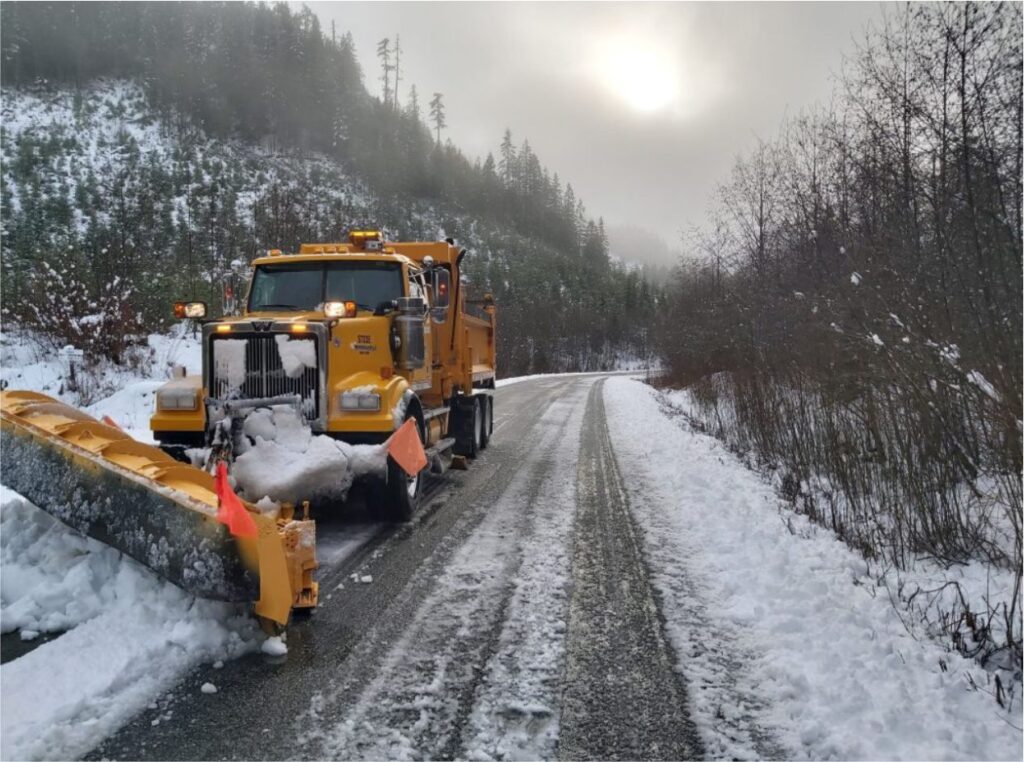
Starting a snow plow truck business is a thrilling endeavor, but it demands careful planning and execution. This checklist offers a roadmap for success. Begin by researching your market and creating a solid business plan. Ensure you comply with legal requirements, including permits and insurance. Invest in high-quality equipment and well-trained staff. Next, focus on marketing your services effectively, both online and locally. A professional website and exceptional customer service will attract and retain clients. Be prepared for emergencies and ensure 24/7 readiness during snowstorms.
How to Choose Snow Plow Truck Business Checklist
To choose a snow plow truck business checklist, familiarize yourself with local regulations, permits, and insurance requirements. Define the services you’ll offer, set a budget, and invest in the right equipment. Consider building a skilled team, focusing on effective marketing and branding, and developing a competitive pricing strategy. Don’t forget to secure adequate insurance coverage, plan for emergencies, and prioritize exceptional customer service.
Pros & Cons of Snow Plow Truck Business Checklist
Starting a snow plow truck business offers seasonal demand and recurring revenue during the winter months; hence, consider the pros and cons. Pros include high seasonal demand, recurring revenue, and a local market focus. However, it’s a seasonal business dependent on unpredictable weather and requires an initial investment in equipment and permits. Navigating regulations and competition can also be challenging. Success in this business depends on being financially prepared for the off-season and finding ways to stand out in the local market.
>>>GET SMARTER: Snow Plow Business Accessories You Need to Succeed
What to Watch Out For in the Snow Plow Truck Business Checklist
In preparation for starting a snow plow truck business, stay mindful of several key factors: the unpredictable nature of winter weather, the necessity for permits and regulations compliance, the high maintenance costs of snow plow trucks, the importance of insurance coverage, thorough training for your team, competition in the industry, clear client contracts, readiness for emergency service calls, environmental considerations, and planning for seasonal downtime. Success in this challenging but rewarding business requires careful preparation, adaptability, and a strong commitment to service excellence.
Pro Tips
- Invest in quality equipment
- Secure adequate insurance
- Prioritize driver training
- Monitor weather actively
- Clarify contracts
- Prepare for emergencies
- Boost your marketing
- Deliver exceptional service
- Embrace sustainability
- Network effectively
Recap
To launch a successful snow plow truck business, a robust marketing plan is your beacon, guiding you to connect with customers effectively and sustainably. Equip yourself with the right vehicles and tools, and secure permits and insurance to ensure a strong foundation. Develop a savvy pricing strategy, a professional online presence, and strategic partnerships to solidify your position in the market. But this journey isn’t without its fair share of challenges—balancing costs, maintaining equipment, and building a dedicated team are hurdles to overcome. Uphold rigorous maintenance schedules, promote your services actively, and prioritize top-notch customer service to retain clients and uphold your business’s reputation.
